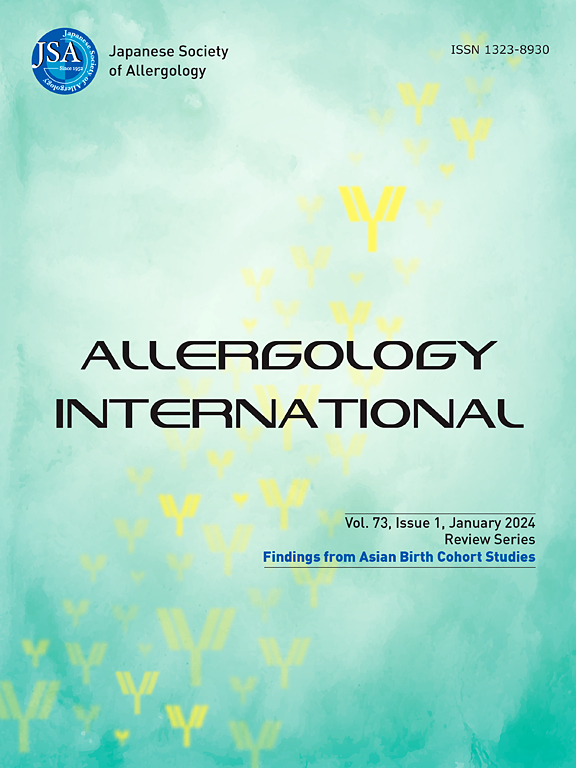RNA速度和超越:单细胞转录动力学建模的最新进展。
IF 6.7
2区 医学
Q1 ALLERGY
引用次数: 0
摘要
单细胞RNA测序(scRNA-seq)通过在单个细胞分辨率下对基因表达进行高通量定量分析,彻底改变了生物学。然而,标准的scRNA-seq仅提供静态细胞快照,模糊了暂时展开的动态过程,如分化、重编程和疾病进展。2018年推出的RNA Velocity提供了一种突破性的解决方案。通过利用未剪接的pre-mRNA和剪接的mRNA信息,RNA Velocity模型可以推断瞬时基因表达变化率,并在一小时的时间尺度上有效预测未来转录状态。本文回顾了这一强大概念的演变,从转录动力学的基本原理和数学模型开始。我们探索了Velocyto的开创性实现,讨论了成功和局限性,然后研究了第二代先进的计算工具,包括scVelo, dynamo和CellRank。一个专门的部分强调了在过敏和免疫学研究中的日益增长的应用,这些方法通过分析免疫细胞分化和状态转变揭示了哮喘、特应性皮炎和慢性炎症的新疾病机制。我们探索了现代前沿,包括RNA速度与空间和多模态数据的集成,以及最新的基于深度学习的方法。最后,我们讨论了RNA速度分析目前面临的挑战和仍然存在的局限性,提供了最佳实践和未来方向的见解。在整个过程中,我们强调在过敏和免疫介导疾病(包括哮喘、特应性皮炎和结节性痒疹)中的应用,以指导过敏和免疫学方面的研究人员和临床医生。RNA速度正在成为导航复杂的、动态的细胞世界和将我们对时间生物过程的理解从静态观察转变为阐明细胞命运决定和疾病机制的预测、动态见解的不可或缺的工具。本文章由计算机程序翻译,如有差异,请以英文原文为准。
RNA velocity and beyond: Current advances in modeling single-cell transcriptional dynamics
Single-cell RNA sequencing (scRNA-seq) has revolutionized biology through high-throughput quantification of gene expression at individual cell resolution. However, standard scRNA-seq provides only static cellular snapshots, obscuring dynamic processes that unfold temporally, such as differentiation, reprogramming, and disease progression. RNA Velocity, introduced in 2018, offers a groundbreaking solution. By leveraging unspliced pre-mRNA and spliced mRNA information, RNA Velocity models infer instantaneous gene expression change rates and effectively predict future transcriptional states over hour-long timescales. This review charts the evolution of this powerful concept, beginning with foundational principles and mathematical models of transcriptional dynamics. We explore Velocyto’s pioneering implementation, discuss successes and limitations, and then examine second-generation advanced computational tools that generalize the framework, including scVelo, dynamo, and CellRank. A dedicated section highlights growing applications in allergy and immunology research, where these methods reveal novel disease mechanisms in asthma, atopic dermatitis, and chronic inflammation by analyzing immune cell differentiation and state transitions. We explored modern frontiers, including RNA Velocity integration with spatial and multimodal data, and the latest deep learning-based methods. Finally, we addressed the current challenges and remaining limitations of RNA Velocity analysis, offering insights into best practices and future directions. Throughout, we emphasize applications to allergic and immune-mediated diseases—including asthma, atopic dermatitis, and prurigo nodularis—to guide researchers and clinicians in allergy and immunology. RNA Velocity is becoming indispensable for navigating the complex, dynamic cellular world and transforming our understanding of temporal biological processes from static observations to predictive, dynamic insights that illuminate cellular fate decisions and disease mechanisms.
求助全文
通过发布文献求助,成功后即可免费获取论文全文。
去求助
来源期刊

Allergology International
ALLERGY-IMMUNOLOGY
CiteScore
12.60
自引率
5.90%
发文量
96
审稿时长
29 weeks
期刊介绍:
Allergology International is the official journal of the Japanese Society of Allergology and publishes original papers dealing with the etiology, diagnosis and treatment of allergic and related diseases. Papers may include the study of methods of controlling allergic reactions, human and animal models of hypersensitivity and other aspects of basic and applied clinical allergy in its broadest sense.
The Journal aims to encourage the international exchange of results and encourages authors from all countries to submit papers in the following three categories: Original Articles, Review Articles, and Letters to the Editor.
 求助内容:
求助内容: 应助结果提醒方式:
应助结果提醒方式:


